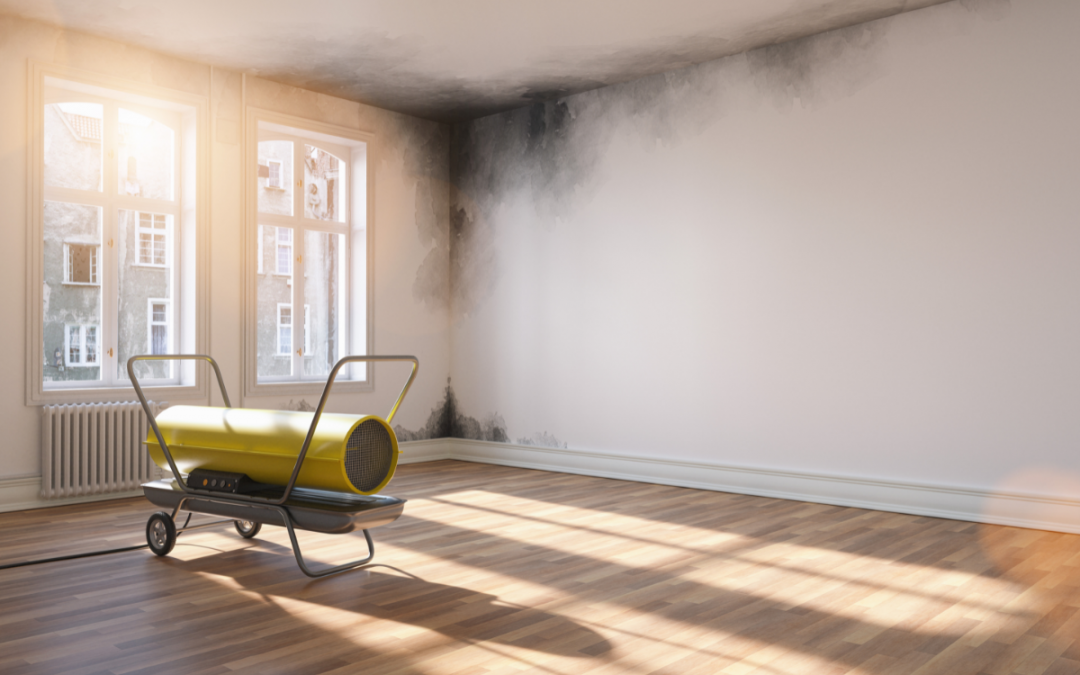A Comprehensive Manual for Mould Removal and Remediation
Mould, a common household menace, often goes unnoticed until it becomes a serious problem. It not only threatens your home’s structure but also poses severe health risks. In this guide, we’ll explore the impact of mould, its causes, effective treatment methods, and when it’s crucial to seek professional help.
The Impact of Mould:
Mould isn’t just an eyesore; it has far-reaching consequences for both your home and health. The spores released by mould can trigger allergies, respiratory issues, and compromise your home’s structural integrity.
How Mould Occurs:
Understanding the conditions that foster mould growth is crucial. Mould thrives in damp, dark, and warm environments, such as bathrooms, basements, and attics. Leaks, poor ventilation, and high humidity levels create ideal conditions for mould to flourish. Identifying and addressing the root causes of moisture is key to preventing mould from taking hold.
Treating Mould: DIY Approaches
- Identify and Eliminate the Source of Moisture:
Before tackling visible mould, address the root cause – excess moisture. Fix leaks promptly, improve ventilation, and consider using dehumidifiers in damp areas. Eliminating the moisture source disrupts the ideal environment for mould, preventing future growth.
- Use Natural Cleaning Solutions:
For small mould infestations, natural cleaning solutions can be effective. Mix equal parts white vinegar and water or hydrogen peroxide and water in a spray bottle. Apply the solution, let it sit, and scrub with a brush. These natural alternatives are less harmful to health and the environment than commercial chemical cleaners.
- Scrubbing and Cleaning:
For hard surfaces like tiles and countertops, a good scrubbing may suffice. Use a brush or sponge to remove mould and ensure the area is completely dry to prevent its return.
- Borax:
Borax, a natural mould inhibitor, can be effective in preventing mould growth. Mix one cup of borax with one gallon of water and use the solution to scrub affected areas. Wear protective gear, including a mask and gloves, when working with borax.
When to Call the Experts:
While DIY methods work for small mould cases, certain situations require professional intervention:
- Extensive Mould Growth:
If mould covers a large area or spreads to multiple rooms, seek professional help. Managing extensive mould growth demands specialized equipment and expertise for thorough removal.
- Hidden Mould:
Mould often lurks in hidden spaces, such as within walls or under flooring. Professionals use tools like moisture meters and thermal imaging cameras to detect hidden mould effectively.
- Health Concerns:
Persistent health issues, like respiratory problems or allergies linked to mould exposure, necessitate consulting healthcare professionals and hiring mould remediation experts to assess and eliminate the mould thoroughly.
- Recurrent Mould Issues:
If DIY attempts fail and the problem persists or returns shortly after, it’s a sign of underlying issues. Professionals can conduct a comprehensive inspection to identify and address these issues.
Professional Mould Removal and Remediation:
- Inspection and Assessment:
Mould removal professionals conduct a thorough property inspection, identifying the mould’s extent, assessing affected areas, and determining root causes.
- Containment:
To prevent mould spores’ spread, professionals use containment measures, like sealing off contaminated spaces and creating negative air pressure.
- Safe Mould Removal:
Experts use specialized equipment and techniques for safe mould removal, including HEPA filters, negative air machines, and protective gear to minimize exposure.
- Structural Repair:
In cases where mould causes structural damage, professionals are equipped to conduct necessary repairs, replacing materials like drywall and insulation to restore structural integrity.
- Prevention Strategies:
Mould remediation experts not only remove existing mould but also implement preventive measures, like improving ventilation, addressing moisture issues, and recommending ongoing maintenance to minimise the risk of future mould growth and water damage.
Conclusion:
Mould removal is a multifaceted task, requiring a combination of preventive measures, DIY approaches, and professional intervention. Understanding mould’s impact, identifying its causes, and adopting proactive strategies can help safeguard your home and your family’s health. While tackling small mould problems independently is feasible, recognizing when to call in the experts is crucial for addressing extensive mould growth and hidden issues effectively. Swift and thorough action is key to ensuring a mould-free and healthy living environment for your family.

